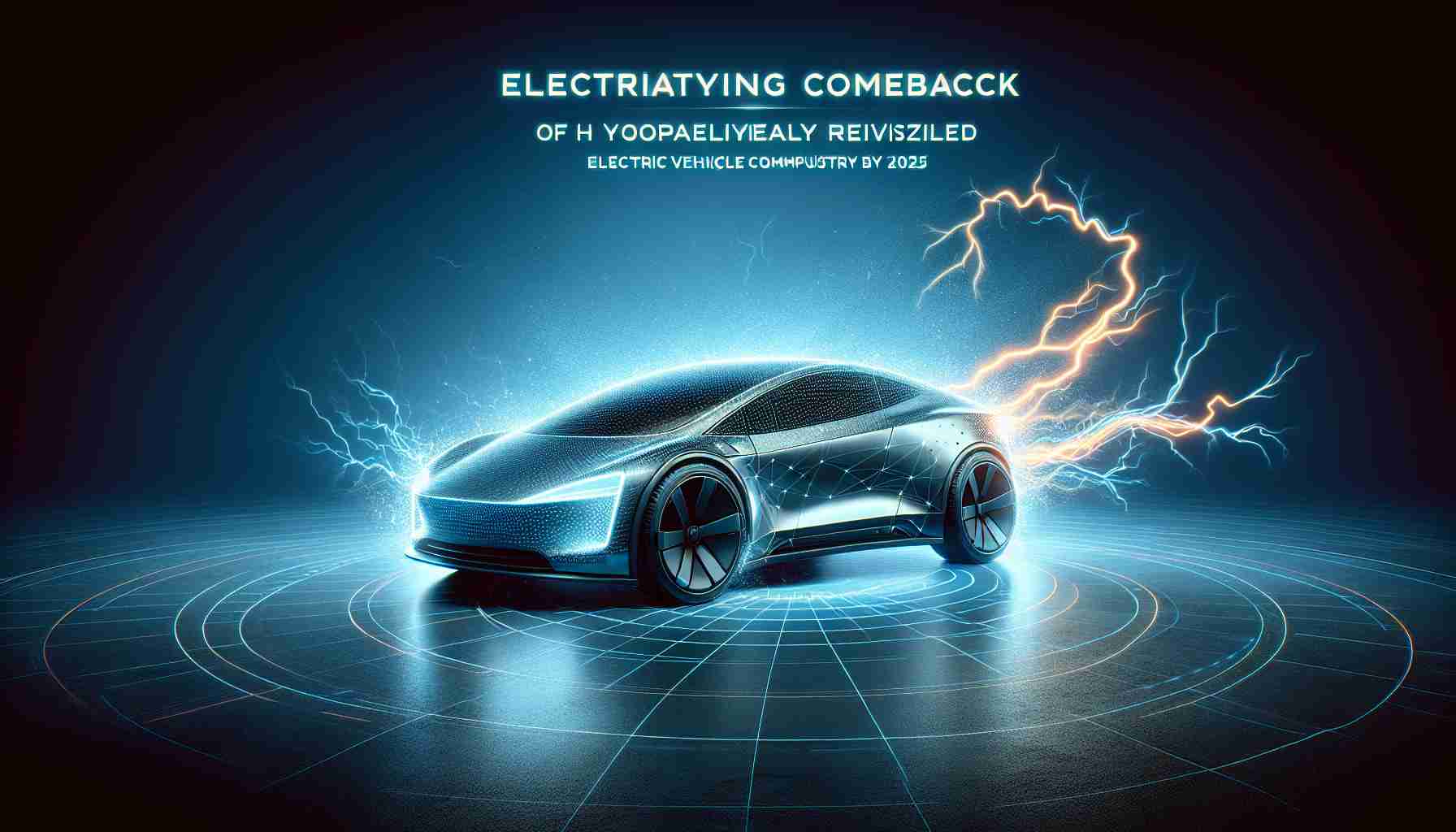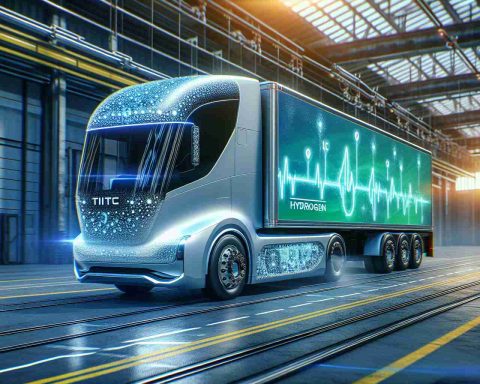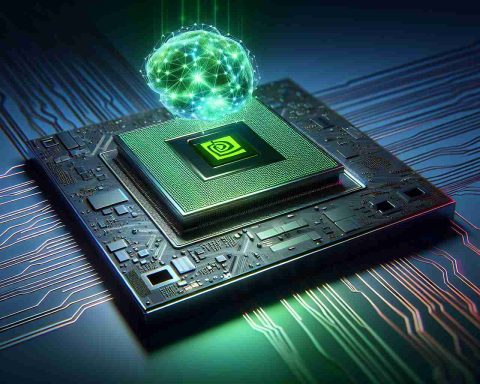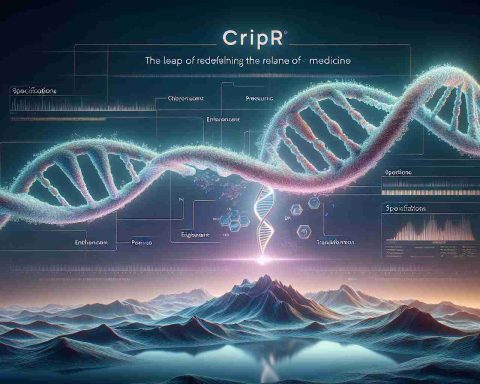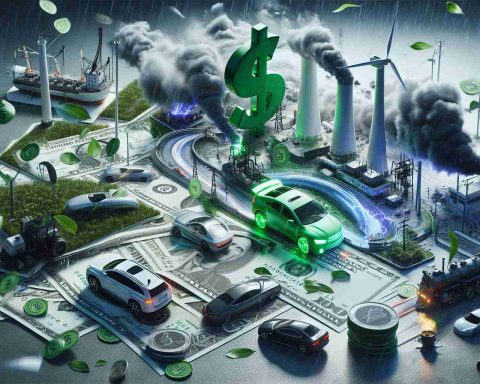- Rivian Automotive is positioning itself as a major player in the EV market by 2025 through strategic partnerships and government support.
- A partnership with Volkswagen Group brings $5.8 billion and accelerates the development of Rivian’s R2 platform, enhancing EV accessibility.
- Rivian expects a $6.6 billion loan from the U.S. Department of Energy to support the construction of a new manufacturing hub in Georgia.
- The company aims to meet rising market demands with its next-gen vehicle lines, the R2 and R3, reinforcing its sustainability commitment.
- Rivian faces potential challenges from regulatory changes and tax incentives but leverages adaptability and innovation to succeed.
- Its stock under $15 presents a potential investment opportunity as Rivian embarks on transforming the electric vehicle market.
In the bustling realm of electric vehicles (EVs), Rivian Automotive is executing a strategic revolution, gearing up to become a formidable force by 2025. A cocktail of daring partnerships and substantial governmental backing sets the stage for Rivian’s bold return.
Strategic Collaborations: A New Dawn
Diving into a transformative alliance, Rivian’s partnership with the Volkswagen Group does more than just provide a hefty financial injection of $5.8 billion. This collaboration is a technological goldmine, fast-tracking the development of Rivian’s anticipated R2 platform, geared to make EVs more accessible without sacrificing quality.
Government Support: Fueling Forward Momentum
Adding to its arsenal, Rivian anticipates a significant $6.6 billion loan from the U.S. Department of Energy. This financial boost is crucial for building a new manufacturing hub in Georgia, designed to accelerate the production of Rivian’s next-gen vehicle lines like the R2 and R3. As the world races towards sustainability, Rivian is positioning itself at the forefront, prepared to meet escalating market demands.
Challenges and Opportunities: The Path Ahead
Despite its visionary strides, Rivian must deftly navigate potential obstacles such as regulatory changes and shifting tax incentives that could disrupt the competitive landscape. Yet, the growing global craving for sustainable transport propels Rivian forward, with adaptability and innovation as their key allies.
Investors looking at Rivian’s under-$15 stock price may glimpse an enticing opportunity, as the company embarks on an audacious journey to redefine the electric vehicle market. Rivian’s masterplan not only charts a course for a cleaner, greener future but also hints at potentially lucrative returns for those willing to bet on its ambitious roadmap.
Rivian’s Roadmap to Revolution: Can It Surpass Tesla by 2025?
Market Forecasts: Rivian’s Growth Potential
Rivian is not just aiming for a seat at the electric vehicle (EV) table—it’s eyeing a throne by 2025. According to market analysts, Rivian’s strategic collaborations and financial fortifications could see its market share grow substantially, potentially positioning it as a rival to Tesla. Industry projections suggest that with the launch of R2 and R3 platforms, Rivian’s annual production could surge, capturing a significant slice of the expanding EV market as it strives to offer more affordable yet high-quality alternatives.
Technological Innovations: Inside Rivian’s R2 Platform
The R2 platform, born from Rivian’s collaboration with Volkswagen, is a technological masterpiece set to revolutionize the affordability of electric vehicles without compromising on quality or performance. This innovation is expected to feature modular batteries, advanced driver-assistance systems, and enhanced efficiency in energy consumption, making Rivian EVs more appealing to budget-conscious consumers. The integration of cutting-edge technology allows for over-the-air updates, ensuring that vehicles remain at the forefront of innovation long after purchase.
Pricing Strategy: How Rivian Plans to Compete
Rivian’s pricing strategy is a calculated move designed to undercut the competition while maintaining profitability. The anticipated aggressive pricing of the R2 line aims to make EVs more accessible to the average consumer. Rivian’s commitment to sustainability, backed by governmental incentives, could further sweeten the deal for eco-conscious buyers. As the company continues to leverage its strategic partnerships and governmental support, it is well-poised to deliver compelling vehicles that capture consumer interest without breaking the bank.
Top 3 Questions about Rivian’s Future
1. How will Rivian’s partnership with Volkswagen influence its market position?
The partnership provides Rivian with both financial and technological resources. This synergy enables Rivian to accelerate the development and production of cost-effective EVs, potentially attracting a broader consumer base and enhancing its market share.
2. What role does government support play in Rivian’s growth strategy?
The $6.6 billion loan from the U.S. Department of Energy is pivotal, allowing Rivian to expand its manufacturing capacity. This financial support also aids in meeting production goals and promotes the company’s commitment to sustainability.
3. What challenges might Rivian face in achieving its 2025 objectives?
Rivian must continue navigating regulatory changes and potential shifts in tax incentives. Additionally, establishing a loyal customer base and differentiating its products in an increasingly competitive market will be crucial challenges.
For further information, visit Rivian and explore the latest updates on their journey to revolutionize the EV market.
